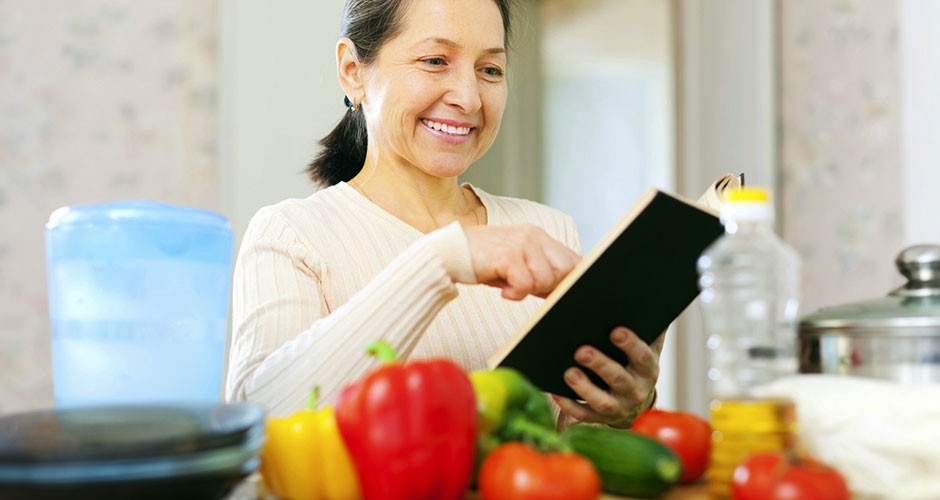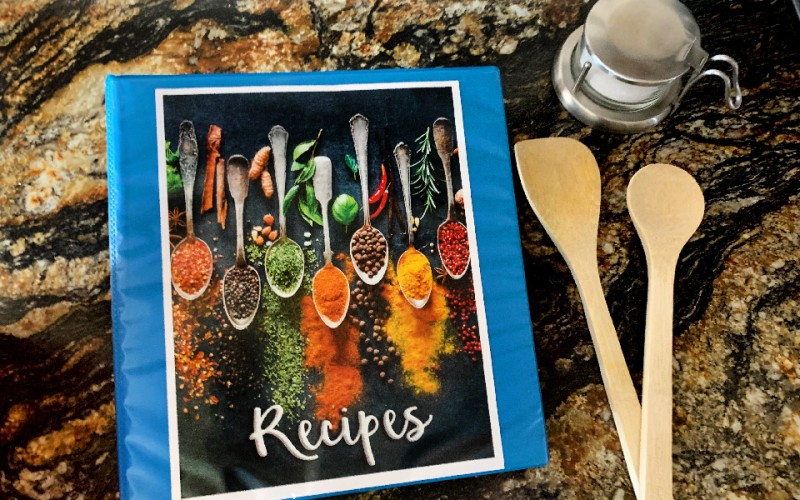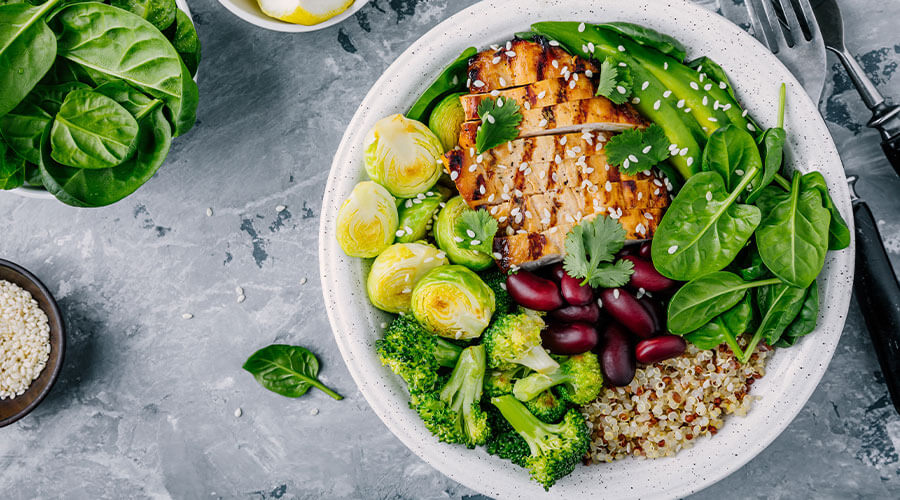Making meals for yourself presents challenges if you've always cooked for a family.
As we age, we find ourselves falling into routines, so whatever you can do to introduce something new breathes new life into your day. I think the kitchen is a great outlet for creativity." – Marc Matsumoto, chef and author
But Marc Matsumoto — chef, author and PBS blog contributor — has some great tips to create healthy, simple meals that can easily be turned into single portions.
If cooking for one is the norm now, embrace the ease and freedom that comes with making whatever you want.
“There’s two ways to think about cooking for one,” Marc says. “One is making a large portion of something, and preserving it or repurposing it. Or you make something that you can portion for a single person.”
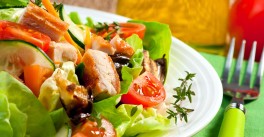
Repurposing one large portion
If you have a favorite family recipe for something like roast chicken, you can still make it fit your single-meal needs.
Simply repurpose the dish to get a week's worth of meals out of one effort.
Here's an example of how to repurpose a roast chicken to stretch into six different meals:
- Meal one: Roast chicken and whatever vegetables you roasted with it
- Meal two: Sliced chicken sandwiches
- Meal three: Chicken salad
- Meal four: Chopped chicken with pasta
- Meal five: Shredded chicken stir-fry
- Meal six: Chicken soup (use the carcass to make delicious homemade chicken stock)
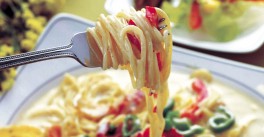
Using versatile recipes to adapt portion size
Soup or pasta can be a great meal for one because it's fast, easy and offers many options for building unique flavors using whatever you have in your pantry or refrigerator.
Here's Marc's formula for foolproof pasta:
- Cook the pasta, whatever kind you like
- Add some kind of oil, like olive oil, butter or schmaltz (chicken fat)
- Add some kind of aromatic, like garlic or scallions
- Add a protein, like canned tuna, shrimp or chicken
- Finish the dish with cheese of some kind, like mozzarella, Parmesan or Romano
Simple add-ons are favorite vegetables, herbs and spices.
Cacio e pepe
- 1/2 pound pasta
- 2 tablespoons cream
- 1 tablespoon crushed black pepper
- 1 teaspoon kosher salt
- 1 cup grated Parmesan cheese, divided
Bring a pot of salted water to boil over high heat. Cook the pasta until done to your liking.
Save one cup of the cooking water. Drain the pasta, and return the noodles to the pot.
Add the cream, pepper, salt and 1/2 cup grated cheese to the pot, and stir into the pasta.
If it seems too thick, add a little of the reserved cooking water to make it creamier.
Sprinkle the remaining cheese on the plated meal, or incorporate it into the pasta before serving.
This will make four small portions, or two large portions. Include some vegetables and a protein — like chicken — for a filling, balanced meal.
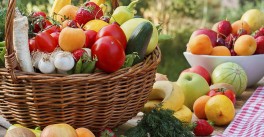
Getting the best nutrition
No matter how many people you cook for, nutrition is key. Make sure to incorporate servings of grains, proteins, fruits and vegetables into each meal. Paying attention to how colorful the food on your plate is may help you see if you're on the right track.
Marc cautions that people on special diets should adhere to their health needs — but otherwise, eating a variety of colors will boost a meal’s nutrition and appeal.
“As a general rule, you should eat the rainbow,” says Marc. “Different colors have different nutrients, and if you eat all the colors in the rainbow, you’ll cover your bases.
"Greens have vitamin A. Yellow and orange foods have beta-carotene. Red things, like tomatoes, contain lycopene. There’s not too many blue foods, but things like blueberries or blackberries have benefits.”
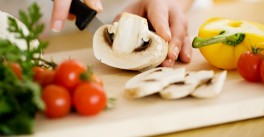
Stretching your food
If you’re hesitant to buy fruits or vegetables because you can’t eat them all before they spoil, become friends with your freezer.
- Vegetables: To freeze vegetables, cook the vegetables, drain them, and — before adding any sauce or other liquid to them — freeze in single-serving portions.
- Fruits: To freeze fruit, wash them, cut them up into small chunks (for easier defrosting), and freeze in single-serving portions.
- Soups: Prepare your soup as usual, let it cool, and freeze single-serving portions.
- Grains: Prepare your rice or other grain as usual, let it cool, and put single-serving portions into freezer bags; microwave it to reheat, and use it as you normally would.
- Storage: Use freezer bags rather than plastic containers to freeze food. Bags take up less space, don't contain an air pocket when properly sealed, and allow food to freeze faster.
What's freezer burn? Freezer burn happens when there is air against the food and ice crystals form in the food's tissues. When a food with many ice crystals thaws, the food becomes spongy or mushy. A fast freeze in a container with no air pockets reduces the chance of ice crystals forming.
Freezing food in small batches will give you lots of options when preparing meals or repurposing leftovers.
"As we age, we find ourselves falling into routines, so whatever you can do to introduce something new breathes new life into your day. It makes it new, it makes it fresh," says Marc.
"I think the kitchen is a great outlet for creativity."

